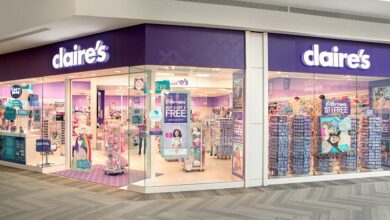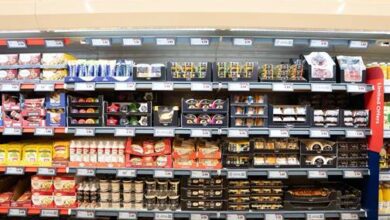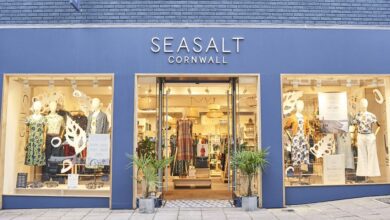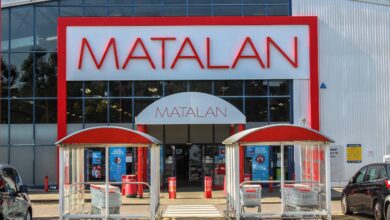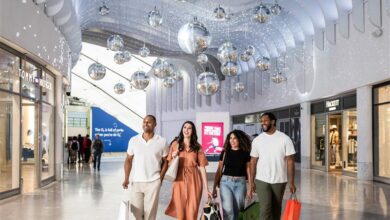How to make the most out of random uplifts in footfall
Be ready to develop a strategic mix of online and offline tactics, use targeted digital marketing to drive awareness and in-store promotions, and arrange window displays and in-store events to entice customers
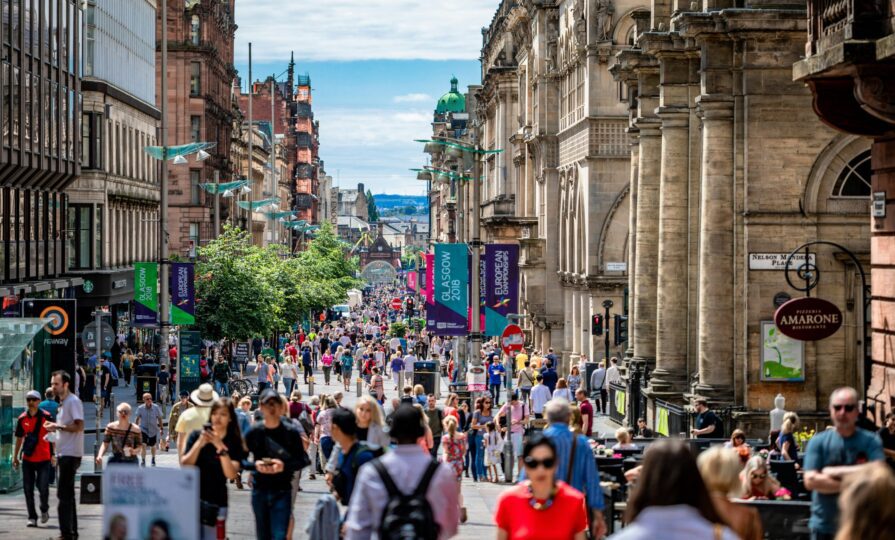
Register to get 1 free article
Reveal the article below by registering for our email newsletter.
Want unlimited access? View Plans
Already have an account? Sign in
Heightened footfall in any given month is mostly random, and even when you can anticipate it – if there’s a big event going on or if it’s a public holiday – something is bound to make the footfall on those days either lacklustre or bountiful, such as the weather.
The first six months of 2024 had some of the wettest weather on record, and it coincided with the total UK footfall decreasing by 6.2% year-on-year in February from an already negative 2.8% in the month prior. This trend continued in April, when poor weather and an early Easter teamed up to cause total shopping visitors in the UK to fall 7.2%. It’s not hard to see why our shopping habits (and our leaving-the-house habits) are all dependent on the weather. When April 2024 proved to be a rainy one, the hardest hit turned out to be the shopping centres, according to the British Retail Consortium (BRC).
However, the weather isn’t the only thing to blame – after all, life still carries on and people must still leave the house for essentials. While on the surface it may look like the weather has been pulling all the strings, this bout of bad weather harmonised with the cost-of-living crisis and weak consumer confidence. This makes you wonder: would there still have been more footfall if every day had been brilliantly sunny?
Even so, when the stars align – those of favourable consumer confidence, plenty of discretionary spending in people’s pockets, and blue skies for weeks on end – you must be ready to bask in that increased footfall one way or another. Here are some tips to help you when you anticipate a high footfall season.
Take note of the events local to you and their impact on retail traffic; anything from concerts and sports games to festivals and community parades can have a domino effect on your retail store. This is because these sorts of gatherings act as magnets that draw in large crowds that, while chiefly focused on the event itself, will also translate into sales opportunities for you.
Given that visitors are bound to shop, retailers should be ready with deals and promotions that align with the celebrations at hand. Some examples spring to mind: as a clothing retailer near a beach on a hot summer day, show off your best beach bags, sunglasses and casual dresses; as a health and beauty store, advertise your most popular SPF options and make the deals of the day known. In these cases, retailers may also think about extending store hours or providing concertgoers with special discounts – particularly if data points towards an increase in foot traffic as a result of a nearby concert or festival. By drawing in event participants, these focused campaigns have the ability to convert foot traffic into possible sales.
To attract customers, this goes hand-in-hand with coordinating the theme of your store with the occasion. If your local sports team is playing, for instance, dress up your business in their colours and perhaps run specials on items for the squad. This is bound to encourage fans to visit, and will be rewarded by a warm and inviting atmosphere as a result.
While it can feel like retail should only ever be competitive, past and present partnerships (between businesses, or with public figures that endorse the brand) have shown that they have the potential to heighten brand awareness. In collaborating with another retailer that shares a theme, a business can gain the attention of new people that were previously unaware of their existence.
For further mutual advantage, retailers and event planners can also investigate joint ventures. Through this avenue, businesses can increase foot traffic to their stores by providing event ticket holders with exclusive discounts or promotions. Offering special discounts can encourage attendees to visit your store both during and after the event, whether it’s through displaying an event ticket or wristband. Event planners can then take advantage of these alliances to enhance their own offers.
Our data insights are valuable for more than just the event. Retailers can assess the efficacy of their plans and pinpoint opportunities for enhancement by scrutinising foot traffic patterns prior to and during the event. This ongoing process of learning is essential for improving future strategies to more successfully capitalise on local events and celebrations.


